In the world of agriculture, the use of effective equipment plays a crucial role in enhancing overall efficiency. One such essential tool is the cultivator, which aids farmers in preparing the soil and controlling weeds. While the cultivator itself is important, the tines attached to it are often the unsung heroes. In this article, we will delve into the world of cultivator tines, exploring their types, benefits, and key considerations for choosing the best ones for your agricultural needs. 1. Understanding Cultivator Tines: Cultivator tines are the metal blades or prongs attached to the cultivator that play a pivotal role in soil loosening, weed control, and seedbed preparation. They are made from durable materials such as steel or carbon fiber and come in various shapes and designs, each serving a different farming purpose. 2. Types of Cultivator Tines: a. Sweep Tines: These form a 90-degree angle with the cultivator’s shank and are often used for shallow cultivation of the soil. Sweep tines excel in cutting weeds and mixing crop residue into the soil, providing an ideal planting environment.
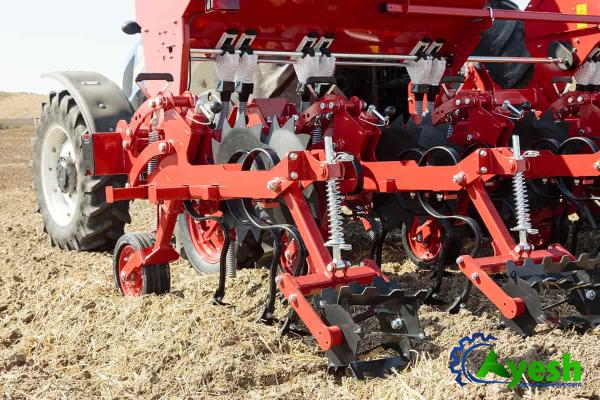
.
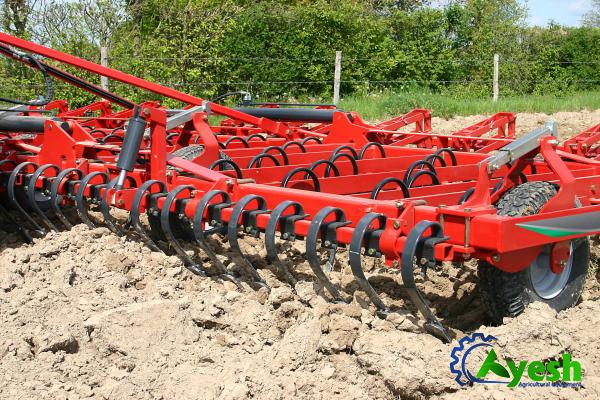 b. Spring Tines: With a curved shape and flexibility, spring tines adapt well to uneven terrain and deep cultivation. They assist in aerating and breaking up compacted soil, enhancing water drainage and root development. c. Spike Tines: Also known as chisel plow tines, these have a single point and are ideal for deep tillage and breaking up hard soil. They create furrows and ridges, effectively preparing the land for planting. d. Torsion Tines: Designed with a twisting or coiling mechanism, torsion tines promote vibration and movement, allowing for better soil penetration and weed uprooting. They are highly effective in eliminating weeds without damaging the crop. 3. Benefits of Choosing the Right Cultivator Tines: a. Versatility: Cultivator tines offer flexibility, enabling farmers to adapt to varying soil conditions and crop requirements. b. Weed Control: By effectively cutting, uprooting, or burying weeds, cultivator tines help reduce weed competition, leading to healthier crops.
b. Spring Tines: With a curved shape and flexibility, spring tines adapt well to uneven terrain and deep cultivation. They assist in aerating and breaking up compacted soil, enhancing water drainage and root development. c. Spike Tines: Also known as chisel plow tines, these have a single point and are ideal for deep tillage and breaking up hard soil. They create furrows and ridges, effectively preparing the land for planting. d. Torsion Tines: Designed with a twisting or coiling mechanism, torsion tines promote vibration and movement, allowing for better soil penetration and weed uprooting. They are highly effective in eliminating weeds without damaging the crop. 3. Benefits of Choosing the Right Cultivator Tines: a. Versatility: Cultivator tines offer flexibility, enabling farmers to adapt to varying soil conditions and crop requirements. b. Weed Control: By effectively cutting, uprooting, or burying weeds, cultivator tines help reduce weed competition, leading to healthier crops.
..
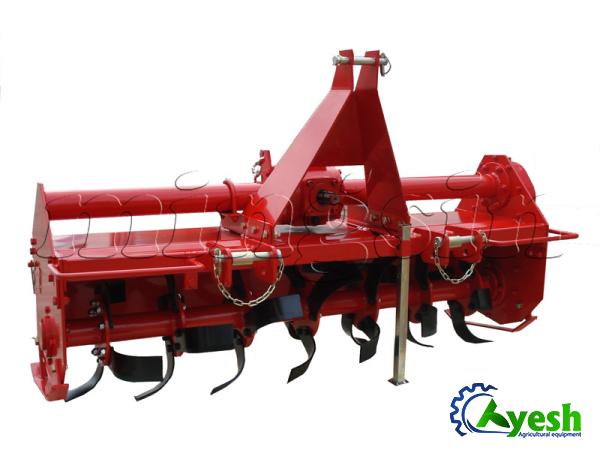 c. Enhanced Aeration: Tines loosen compacted soil, allowing for better air circulation and water infiltration, promoting healthy root development and nutrient absorption. d. Time and Cost Savings: Well-chosen tines reduce the need for excessive herbicide application and manual weeding, leading to significant labor and cost savings. e. Increased Crop Yields: With better soil preparation and weed control, cultivator tines create favorable conditions for crop growth and optimum yield potential. 4. Considerations for Choosing Cultivator Tines: a. Soil Type: Different soil types necessitate specific tines. For instance, sandy soils require tines with good penetration, while clayey soils may benefit from tines that provide better soil breakup. b. Crop Requirements: The choice of cultivator tines should align with the crops being cultivated. Consider factors such as row spacing, plant spacing, and desired depth of cultivation. c. Equipment Compatibility: Ensure that the tines you choose are compatible with the cultivator equipment you already have or plan to invest in.
c. Enhanced Aeration: Tines loosen compacted soil, allowing for better air circulation and water infiltration, promoting healthy root development and nutrient absorption. d. Time and Cost Savings: Well-chosen tines reduce the need for excessive herbicide application and manual weeding, leading to significant labor and cost savings. e. Increased Crop Yields: With better soil preparation and weed control, cultivator tines create favorable conditions for crop growth and optimum yield potential. 4. Considerations for Choosing Cultivator Tines: a. Soil Type: Different soil types necessitate specific tines. For instance, sandy soils require tines with good penetration, while clayey soils may benefit from tines that provide better soil breakup. b. Crop Requirements: The choice of cultivator tines should align with the crops being cultivated. Consider factors such as row spacing, plant spacing, and desired depth of cultivation. c. Equipment Compatibility: Ensure that the tines you choose are compatible with the cultivator equipment you already have or plan to invest in.
…
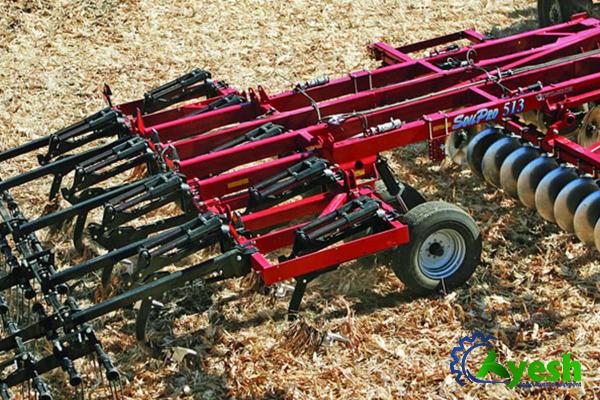 d. Durability and Maintenance: Opt for high-quality tines that offer durability while ensuring ease of maintenance and replacement, as worn-out tines can reduce efficiency and increase maintenance costs. Conclusion: Cultivator tines are essential components that significantly impact the effectiveness and productivity of agricultural practices. By choosing the right tines, farmers can optimize soil preparation, weed control, and crop growth, leading to increased yields and reduced costs. Understanding the different types of tines and their qualities helps agricultural professionals make informed decisions about the equipment they employ, leading to more efficient agricultural practices and sustainable farming.
d. Durability and Maintenance: Opt for high-quality tines that offer durability while ensuring ease of maintenance and replacement, as worn-out tines can reduce efficiency and increase maintenance costs. Conclusion: Cultivator tines are essential components that significantly impact the effectiveness and productivity of agricultural practices. By choosing the right tines, farmers can optimize soil preparation, weed control, and crop growth, leading to increased yields and reduced costs. Understanding the different types of tines and their qualities helps agricultural professionals make informed decisions about the equipment they employ, leading to more efficient agricultural practices and sustainable farming.
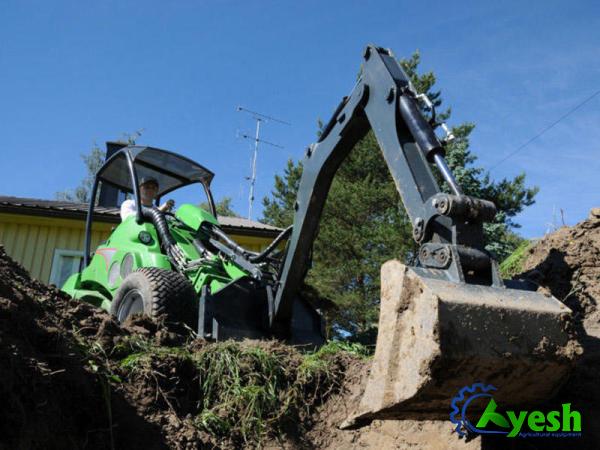
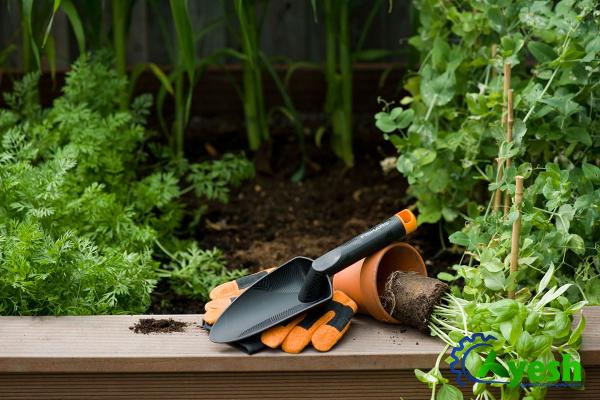
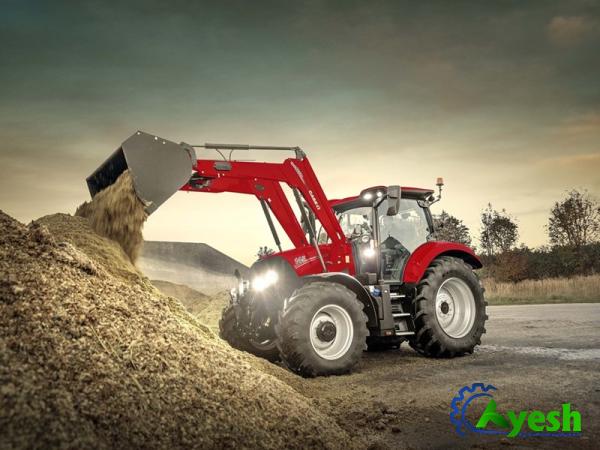

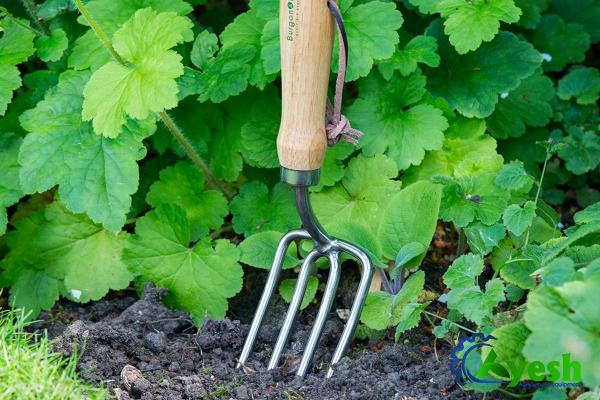

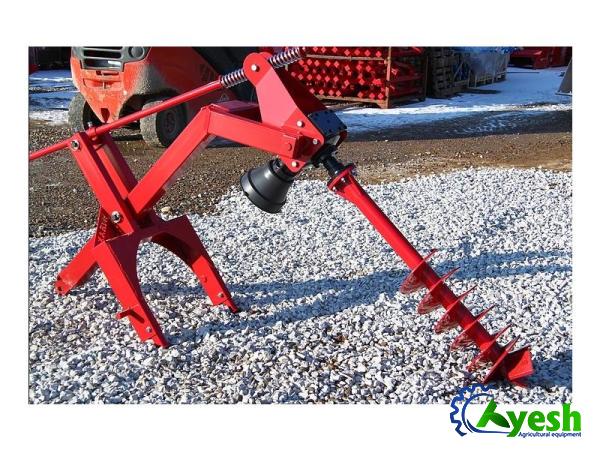



Your comment submitted.